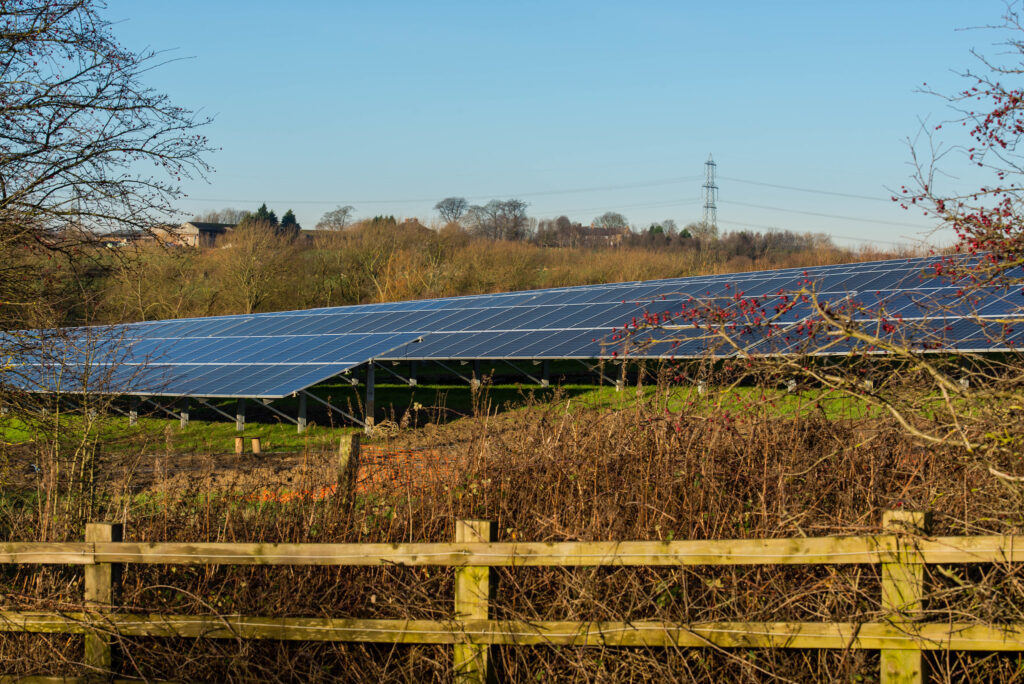
Forests are one of the most iconic symbols of the power and diversity of nature but beyond that, their thick vegetation is crucial to the stability and balance of the Earth’s climate. This is because the photosynthesis that powers the growth of plants removes carbon dioxide from the air. Cutting down forests – especially the evergreen forests of the tropics – has played a significant role in the increasing climate crisis. For this reason, many environmental initiatives focus on restoring destroyed forests and planting new trees.
But the truth is, even if we were to cover the entire surface of the planet with trees, there would still not be enough photosynthesis going on to absorb the huge surplus of carbon dioxide that people have been pumping into the atmosphere for the past 150 years.
A study by the Weizmann Institute of Science in Israel looked at the impact of erecting fields of dark covered solar panels – so-called solar forests – that would generate electricity, thereby replacing power stations that use fossil fuels. But dark fields absorb heat which eventually returns to the atmosphere.
The question is: what is the best use of a plot of land in terms of the effect on the climate? Planting a forest or erecting fields of solar panels?
The answer depends on where the land is. In arid environments, building solar farms is far more effective and practical than planting forests. But in humid places, forests currently absorb close to a third of humanity’s annual carbon emissions.
The study concludes that combining planting and rehabilitating forests in humid regions and erecting fields of solar panels in arid regions is the most effective strategy.
**********
Web Links
Photo, posted December 27, 2015, courtesy of Gerry Machen via Flickr.
Earth Wise is a production of WAMC Northeast Public Radio
Leave a Reply